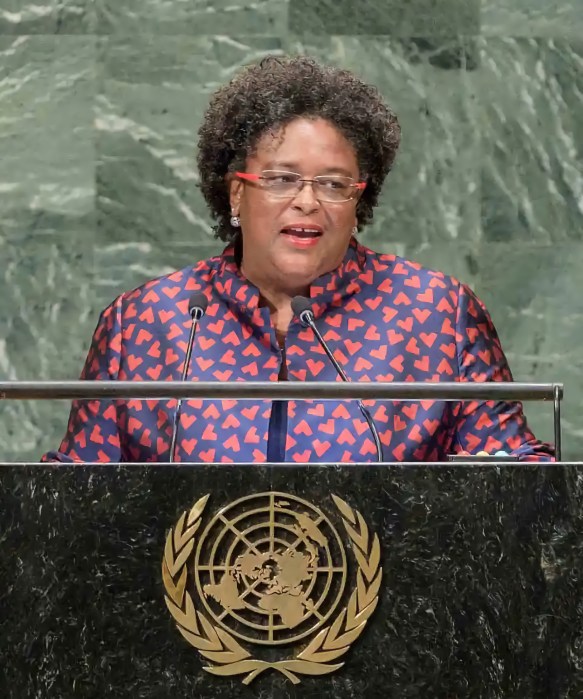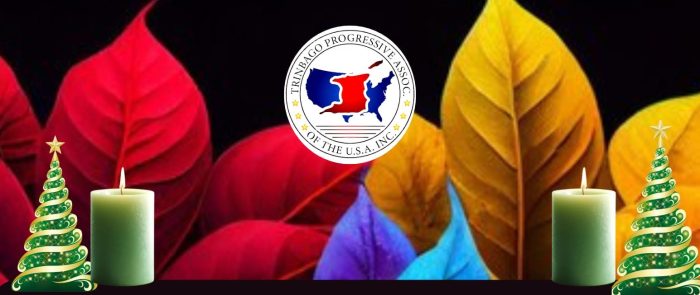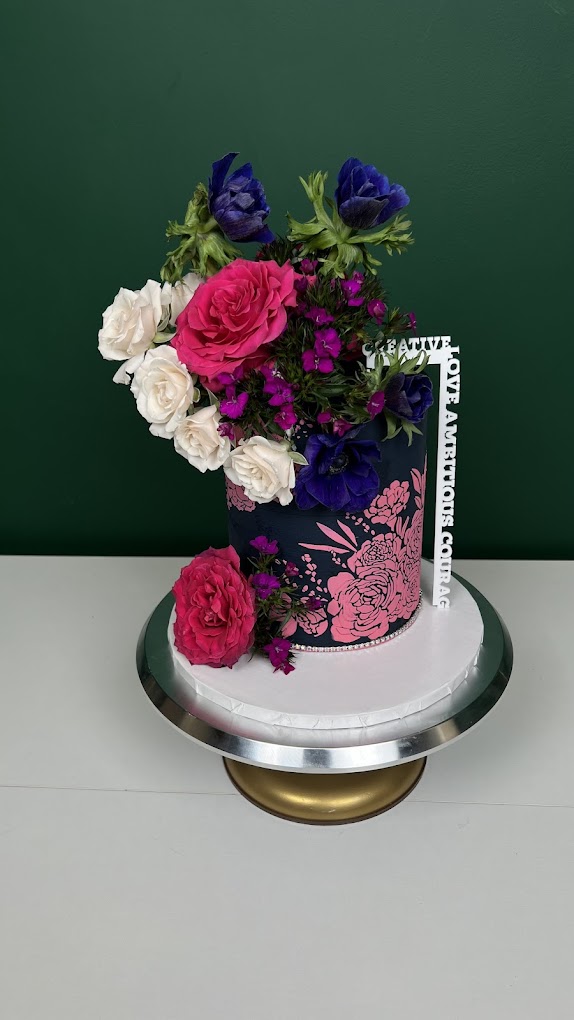CAPE TOWN, July 6, 2011 – South African scientists have developed an environmentally friendly method to clean highly toxic water and convert it into drinkable water. Once available commercially, the method could drastically reduce the negative impact industry has on water pollution worldwide.
Called eutectic freeze crystallisation, the technique freezes acidic water – or brine – to produce potable or drinking water as well as useful salts, such as sodium and calcium sulphate.
Alison Lewis, professor for chemical engineering at the University of Cape Town in South Africa, who has led the research since 2007, claims 99.9 percent of the polluted water can be reused after applying the new technique. Unlike other water cleaning methods, it practically doesn’t produce any toxic waste.
“It’s an environmentally friendly and cost-effective technology that can be used pretty much in all industrial sectors that pollute water and thus produce brine,” explains Lewis. This includes sectors like mining, the oil and gas industry, chemical industry, paper processing or sewerage.
The simultaneous separation and purification method is based on bringing the contaminated water temperature down to reach its eutectic point – the lowest possible temperature of solidification. At this point, toxins crystallise to form salts and sink to the ground, while the clean water turns into ice, floating on the surface.
“By its nature, ice is the purest form of water because it repels any impurities. It’s actually very simple,” explains Lewis. “The method is ecologically significant because it can turn toxic waste into a useful product.”
Industrial firms in South Africa, but also in Germany, the Netherlands, Canada and Australia have already expressed interest in the new approach, she says.
The water purification method has also received support from the South African Water Research Commission. “Eutectic freeze crystallisation is a brilliant water recycling method that is superior to all existing methods for cleaning toxic water,” confirms the commission’s research manager Dr. Jo Burgess.
Up until now, industrially polluted water is purified using two methods: the brine is either stored in huge evaporation ponds, which bring the danger of ground water pollution, or through an evaporation- based crystallisation method, that uses huge amounts of electricity. Eutectic freeze crystallisation, however, uses six times less electricity than the conventional evaporation method, says Lewis.
“In addition, both existing methods leave toxic waste products behind and are therefore not ecologically sustainable,” notes Burgess. Conventional methods produce poisonous solids, the accumulation of all toxins in the brine, that then need to be disposed of correctly.
Eutectic freeze crystallisation, in contrast, produces 99 percent usable products – clean water and pure salts. “It is therefore completely environmentally friendly,” says Lewis. She points out that companies can make additional revenue from selling those salts, hoping this will be an additional incentive to use the new method.
Recycling scare water resources also makes economic sense. A report of the Green Economy Initiative (GEI) of the United Nations Environment Programme (UNEP) – which assists governments in shaping policies, investments and spending towards a range of green sectors, including clean technologies, industry, renewable energies and water services – shows that every dollar invested in safe water, creates health, social and ecological “revenue” worth three to 34 dollars.
“Investing in clean water will pay multiple dividends,” promises UNEP executive director Achim Steiner. “Meeting the wastewater challenge is not a luxury but a prudent, practical and transformative act, able to boost public health, secure the sustainability of natural resources and trigger employment in better, more intelligent water management.”
In South Africa, eutectic freeze crystallisation could be used in the mining sector, which has for decades produced more brine than companies can recycle. Mining is the most important sector of the economy of the country, which is rich in gold, platinum, diamonds and coal. For years, the polluted water has been stored all across the country in huge evaporation ponds.
“The problem is that we produce much more brine than we can evaporate. And even if we succeeded to evaporate it all, non-recycable waste materials would remain. Evaporation ponds are therefore not a sustainable, ecological solution,” warns Burgess.
Eutectic freeze crystallisation could save the South African government huge sums of money. The department of environmental affairs recently announced it needs at least 30 million dollars to drain brine from only the biggest mining areas around country’s main city Johannesburg.
Acid mine water is standing in the canals of Gauteng, the province in which Johannesburg is located, only 500 metres below the surface and its disposal should be made top priority, warned environment minister Edna Molewa.
Unfortunately, it might take another four to six years until the eutectic freeze crystallisation method will be available for use by private industry. Lewis’ research team plans to build a pilot site later this year. The 1.3 million dollar project is supposed to become operational within the next two to three years and will be able to purify one cubic meter of brine per hour. After the pilot stage, it will take another two to three years to develop the technology for industry use. (IPS/GIN)



















